I’m sure the Xbox will always have a special place in the hearts of many of us, but it surely wasn’t Microsoft’s first foray into gaming. For nearly two decades prior to that, Microsoft’s DOS and Windows operating systems had games running on them.
It wasn’t until the first implementation of Microsoft’s DirectX API for handling multimedia tasks such as game programming and video, that the Xbox (short for DirectX box) even became an idea. The first iteration of the API was introduced in September 1995 under the guise of the Windows Games SDK, and then on November 15 2001 the Xbox finally landed on store shelves.
Long before this though, Microsoft was involved in the MSX, which Kazuhiko Nishi, then Vice-president at Microsoft Japan and Director at ASCII Corporation. Kazuhiko Nishi, announced on June 16, 1983. The goal was clear: to create a single industry standard for home computers.
A unified hardware platform, in addition to Microsoft’s MSX BASIC made the MSX a somewhat expensive, although competitive, home computer package. Similar to DirectX, MSX BASIC is a flavor of the BASIC programming language, and an extended version of Microsoft Standard BASIC Version 4.5, which included support for graphic, music, and various peripherals attached to MSX Personal Computers.
The hardware even ran on a version of DOS, although it is somewhat different from the version I grew up on with my PC. MSX-DOS is an disk operating system developed by Microsoft specifically for the 8-bit MSX, and is a cross between MS-DOS 1.25 and CP/M-80 2.
Despite having virtually zero presence in the USA, it sold fairly well in Asian markets, such as Korea and Japan, but also in South American markets such as Brazil and Chile. The Sega Master System and SG-1000 & II also had a similar following in those regions too, oddly enough. Europe was quick to adopt the platform too, particularly in the Netherlands, France, Spain, and Finland. I suppose our gamer counterparts in the UK were busy with their FM Towns Marty, Amstrad CPC, and Commodore devices.
The American market was largely dominated by Nintendo’s NES in the 80s, despite the MSX having a more than a two year head start on the Japanese company, as the NES wouldn’t hit American shores until October 18, 1985, and some of its biggest hits, Super Mario Bros, and The Legend of Zelda, until May of August of 1987, respectively.
Oddly enough, the MSX was even used for educational purposes, and particularly by the Russian Ministry of Education, who bought hundreds of MSX1 and 2 computers, then crafted a simple network of machines. LAN gaming before it was cool!
Many people believe that the 3DO was the first console to license a hardware standard which other companies would then produce, but the MSX was doing it long before the 3DO’s 1993 release. Companies such as Sony, Yamaha, Panasonic, Toshiba, and Phillips were all producing MSX hardware.
Where did the name come from?
Like many things on the internet, the naming behind the MSX is still up for debate. Understandably so, when you consider that we can’t even pin down the exact day the world’s most popular franchise, Super Mario Bros, debuted in the states.
Legend has it that Nishi stated the MSX can mean more than MicroSoft eXtended (that’s not even the correct use of punctuation for Microsoft…).
From MSX.org:
In an article published in a Japanese business magazine in 1997, he stated that he had used the abbreviation MSX to contract a lot of companies saying that it meant “Matsushita Sony X-machine”, in which the X could refer to the company Nishi was talking to at that moment.
Nishi also pointed out that he initially wanted to name the standard “NSX” (Nishi Sony X) or “MNX” (Matsushita Nishi X), but the name “NSX” had already been taken by Honda. Following this logic, Nishi could also say that the MS refers to MicroSoft. According to Nishi, Matsushita and Sony are the most important companies that have produced MSX machines and MSX hardware.
On April 21, 2001, during the MSX fair in Tillburg in the Netherlands, Nishi clarified where the name came from:
Machines [hardware] with Software eXchangeability
Hardware
The driving force behind the MSX was the Zilog Z80A, running at 3.58Mhz (million). For reference, I’m writing this from a Mac Book pro with 2.4 giga (billion) hertz. Oh, and it has multiple cores. Let it be known however, that this CPU was driving many devices of its generation, including the Colecovision, Texas Instruments TI-99/4, and even the TRS (trash) 80. For my friends over the pond in the UK, your beloved Amstrad CPC range of devices used this as well.
What the MSX did have was an incredible sound chip, though! Listen to the Space Manbow soundtrack from Konami, below.
Games were written with the Z80 assembly language. No Unity or middleware tools here, folks, these developers were writing straight to the metal.
Revisions
Not one to sit idle, the MSX had many revisions over the years. In 1988, the MSX1 standard faded, but the MSX2 and MSX2+ had been around since 1986 and both of which had improved hardware, but could still play the older games. Additional revisions would follow, but in 1995 the axe finally fell to the MSX turboR, thereby ending the legacy of this device.
The MSX2+ would only see an official release in Japan, but it was made available to both Europe and Brazil via upgrades.
The MSX turboR only saw a release in Japan, and had a number of hardware improvements over its predecessors, most notable the processor, as it used the R800, but also allowed for software compatibility with the older MSX titles.
Can I play it today?
Yes, but there are some catches. The MSX Association even created an official emulator, known as the MSXPLAYer. First released in December 2002, this piece of software will work with both ROMS and DSK images. Although the interface is in Japanese, the rather simplistic UI does make it somewhat simple for an English reading audience to pick it up.
MSX forum users mars2000you had this to say:
{MSXPLAYer is} only available if you buy the Game Reader and works only when a MSX rom is inserted and detected (what’s not the case for some recent roms whose a specific pin has been disabled).
With some tricks (inserting a non-autorun rom and using a virtual drive), you can access to the MSX-BASIC screen and try to run dsk files, but all is made to ‘cripple’ this version of MSXPLAYer. Besides, if you run Vista/7, it’s very difficult or impossible to use the Game Reader, as the drivers, made for XP, have not been officially updated. For 32-bit systems, you can find solutions if you have much patience (and Google luck), but for 64-bit systems, it’s ‘mission impossible’.
Another disadvantage : the MSX-PLAYer runs automatically MSX1 rom games in MSX1 mode and MSX2 roms games in turboR mode. No any other choice! Frustrating if you prefer the bright MSX2 colors to play MSX1 games.
There are other emulators available around the internet, but I’ll leave it to you to find them.
Notable games
There are several notable titles for the platform, one of which I mentioned above (Space Manbow) but Konami also had another shooter with a fantastic soundtrack in Salamander, released in 1987.
Are you noticing a trend with strong Konami support for the platform? It didn’t end with those titles, however. Fans of Hideo Kojima’s Snatcher will be glad to know that there was actually a Snatcher title which appeared on the MSX, as SD Snatcher, released in 1990. It looks nothing like what you may have expected, unfortunately.
Jeremy Parish at US Gamer has a fantastic article on the Most Essential MSX Games of All Time, so I’d encourage you to take a look at that.
Conclusion
Although the MSX did not become the worldwide standard it had set out to achieve, it still offered a fantastic experience for gamers at the time. So there you have it, the history of Microsoft’s first console, the MSX. The lines between console and PC have been blurred for some time now, and more so in this generation than any other before it. The Xbox is powered by an X86 processor and will soon be running the same OS that we have on our desktop PCs.
Did I miss anything? Would you like to see more “history of” style posts on my blog? Either way, let me know in a comment, and I’d be glad to follow up with more.
@DaveVoyles

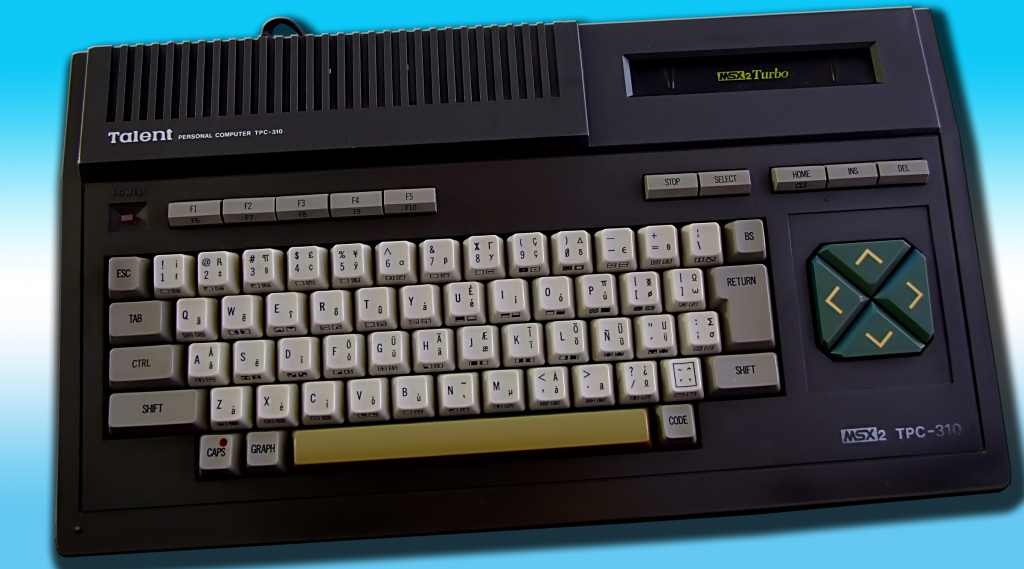

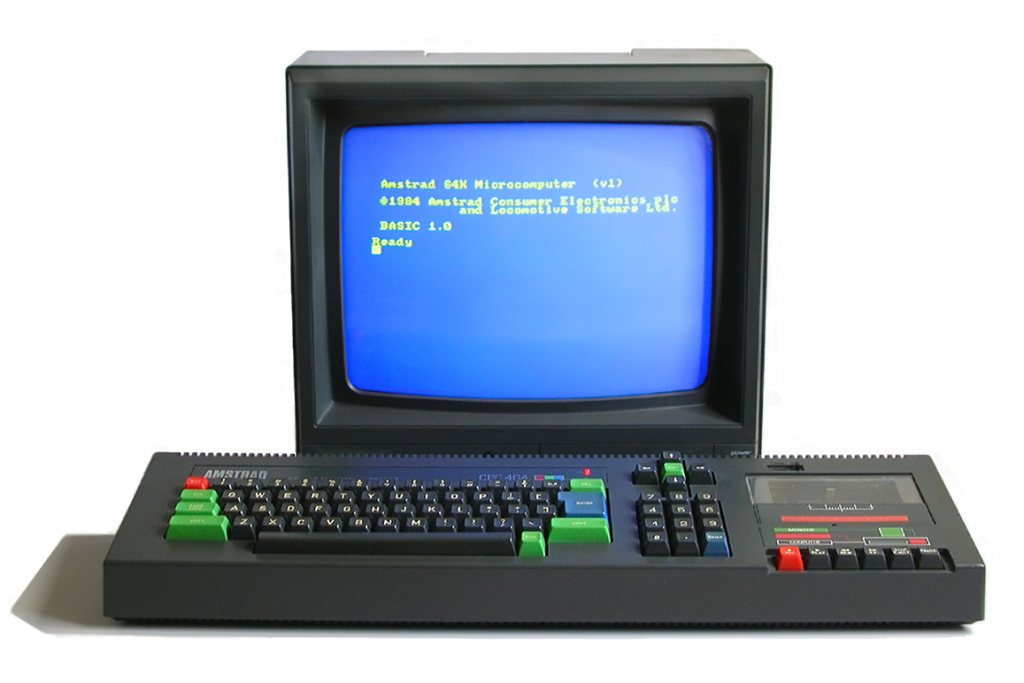
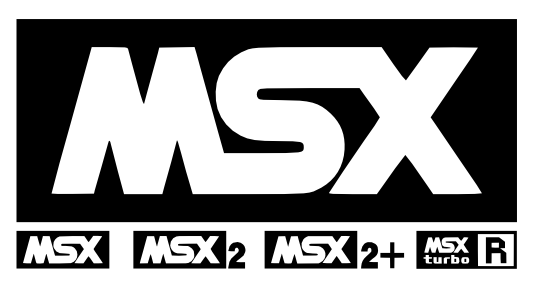
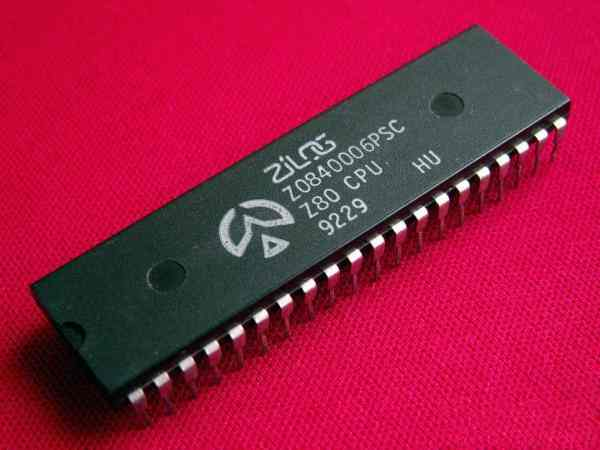
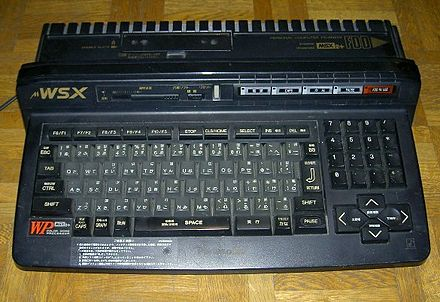
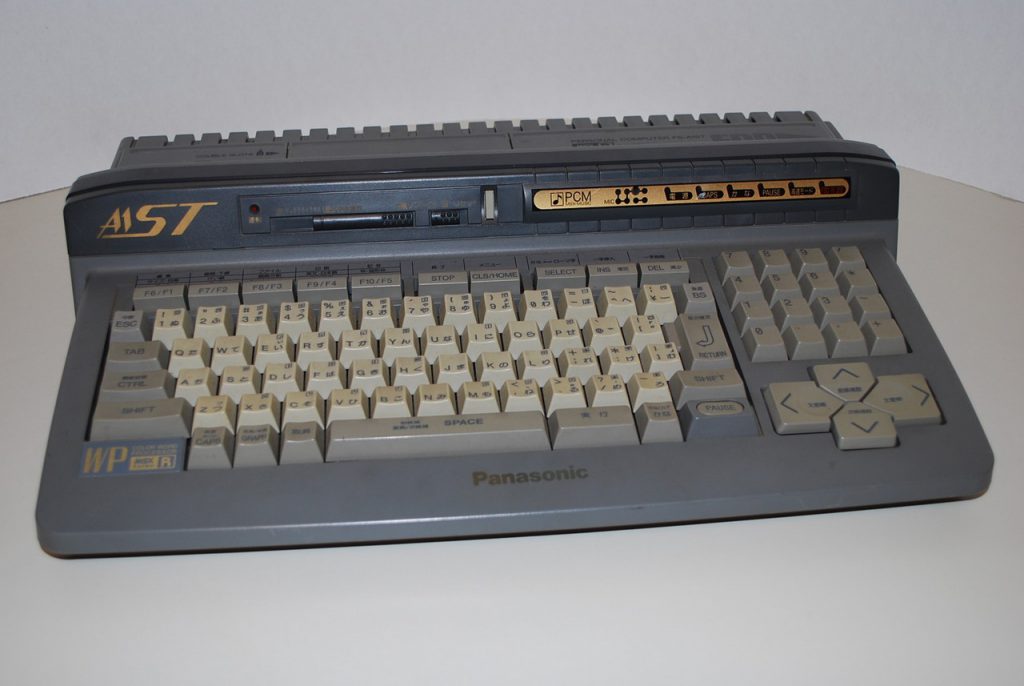
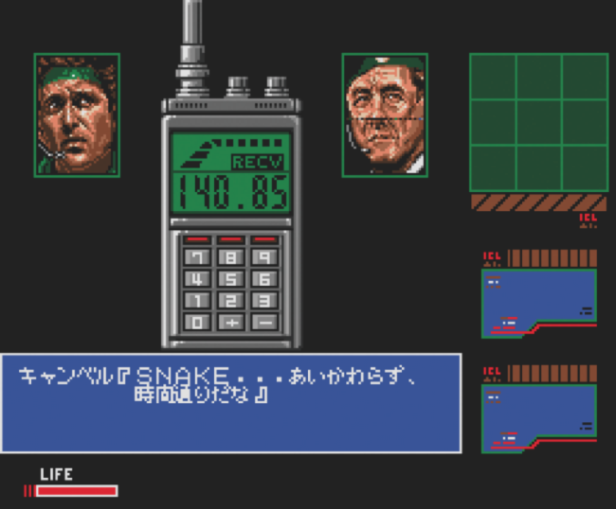
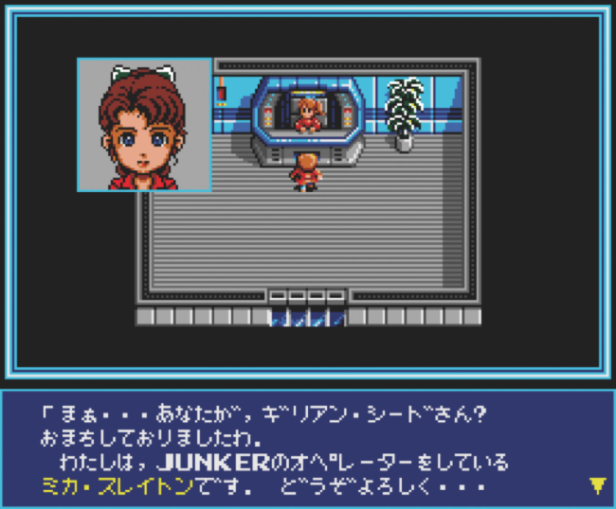



It was Metal Gear 2: Solid Snake on the MSX2, not Metal Gear Solid 2(that was on PS2). Metal Gear 1 was also on the MSX2.
Good point! Let me change that!
Great into here!
“Kazuhiko Nishi, then Vice-president atMicrosoft Japan and Director at ASCII Corporation. Kazuhiko Nishi, then Vice-president at Microsoft Japan and Director at ASCII Corporation, announced on June 16, 1983” Is this right?
Great read, dude 🙂
You see what happens when I don’t have coffee in the morning? Corrected!
Thank you. I used to write more content like this at Armless Octopus, so I’m trying to get back into the swing of things.
MSX is a standard of computers, not consoles. Don’t call them of this way, please…
I agree. I updated the post minutes after it was published to reflect this.
Please keep this kind of post going. Great stuff!
I have had a lot of success with the OpenMSX emulator; your readers might want to try that one out to get a feel for what the MSX could do.
the better MSX emulator is BlueMSX for windows. Also, the musics you posted were using a custom sound chip from Konami only available for their games, the SCC. regular msx1 music was as bad as you could expect from a 8bit computer. The msx2 and msx2+ had an upgraded sound chip from yamaha though, but I still prefer the SCC sound since it’s more “analog” like (the yamaha FM-PAC was pure FM synthesis). Also, the MSX2+ had an upgraded graphic chip with 19000 colors at once on screen! It was too slow for games or anything more than pretty pictures.
I started using ClueMSX recently as well. On my Rapberry Pi I *believe* I’m using the same.
Oh yeah, the difference between the sound chips was staggering. My next goal is to get my hands on a Sharp X86000 – love the way that thing sounds!
So the MSX2+ was too slow for games? Because of the increased color palette? Or did I misunderstand?